Dry Tailings Discharge Process of Tailings with Different Particle Sizes
Tailings with different particle size distributions should adopt different dry tailings drainage processes, and strive to reduce the area and investment as much as possible on the premise of improving the dry drainage effect. According to different particle sizes, tailings can be divided into coarse-particle tailings, medium-fine-particle tailings, and ultra-fine-particle tailings. The ore properties, mineral composition, specific gravity, concentration, particle size, and distribution of these tailings are different. Choose an appropriate dry tailings discharge process to dewater the tailings through multiple stages to form tailings slag with small water content, so that it can be stacked, stored, or transported in the form of dry slag.
1. Dry discharge process of coarse-grained tailings
Coarse particle tailings slurry refers to solid particles> 0.075mm, which does not require high quality recycled backwater. The dry discharge process often adopts a two-stage concentration-dehydration scheme, namely cyclone + dewatering screen + thickener.
The beneficiation tailings are fed into the cyclone, and the overflow of the cyclone is fed into the thickener. The overflow water of the thickener is returned to the production circulating water for reuse. The underflow and concentrated underflow of the cyclone is fed into the dewatering screen. The material on the dewatering screen is discharged dry, and the material under the screen is returned to the thickener.
The tailings dry discharge process uses a dewatering screen to dewater, reducing filter equipment. The process is simple, the equipment investment is low, and continuous production operations are possible. It is suitable for coarse-grained tailings without mud, and the final water content of the tailings is 12-15%.
2. Dry discharge process of medium and fine particle tailings
Medium and fine particle size tailings slurry refers to solid particles=0.075-0.023mm. The dry discharge process often adopts a two-stage concentration + sectional dehydration filtration scheme, that is, cyclone + dewatering screen + thickener + filter.
The tailings are fed into the cyclone through gravity separation, the fine particles and water are fed into the thickener, and the clarified water from the thickener is returned to the production circulating water for reuse. The underflow of the cyclone is fed into the dewatering screen for dry discharge. The underflow of the sieve is fed into the filter with the underflow of the thickener. After the filter is separated, the filter cake contains 15%-20% water for dry discharge, and the filtered liquid and the cleaning water of the filter return to the thickener to form a closed loop.
The tailings dry discharge process uses a cyclone and a dewatering screen to sort and dehydrate coarse and heavy particles before dry discharge, which reduces the specifications of the thickener and the filter, and has a small footprint and low investment cost. The under-sieve of the dewatering screen is fed into the filter to ensure solid-liquid separation, which is convenient for all dry discharges, so as to realize the long-distance transportation of tailings. The filter discharge and cleaning water return to the thickener, which not only ensures the content of solid particles in the reused water but also meets the quality of the production water. The final water content of the tailings can reach 9-12%.
3. Dry discharge process of superfine particle size tailings
The ultra-fine particle size tailings slurry refers to the solid phase particle d50≤0.023mm. Its dry discharge process plan often adopts two-stage concentration + filtration plan, namely cyclone + thickener + filter.
The dry tailings discharge process adopts the series concentration of cyclone and thickener, making full use of the different settling speeds of minerals of different particle sizes. It not only improves the processing capacity of the thickener, avoids its overflow, and runs muddy, but also obtains a high-concentration underflow, and the processing capacity of the tailings dry drainage system is significantly increased.
In the actual application of the concentrator, it is recommended to do the tailings settlement and particle size analysis test. Specific analysis of tailings particle size, concentration, composition, and sludge content, comprehensive consideration of backwater quality requirements, tailings scale, investment budget, etc. to select a suitable tailings dry discharge process for the beneficiation plant, and tailor-made reasonable tailings dry discharge equipment.


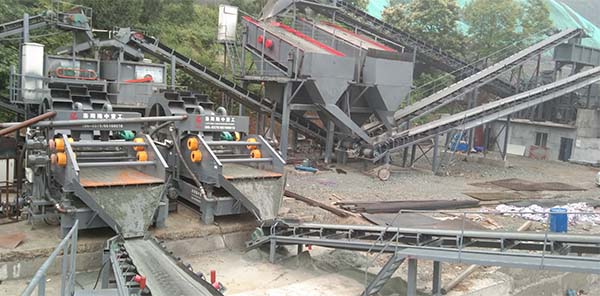
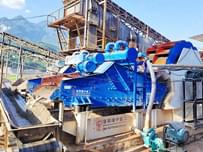
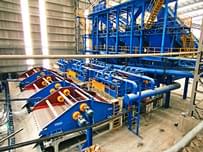
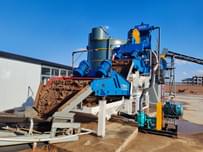
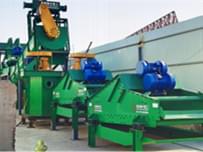
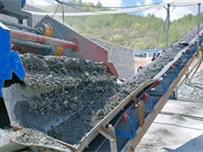
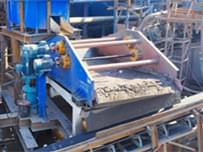
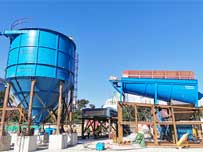
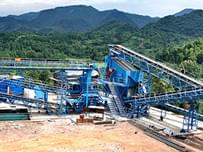




Send Message
Please write down your requirement and contact details in the following form. You can also send a message to us by this email export@lylzzg.com, we will reply to you within 24 hours.